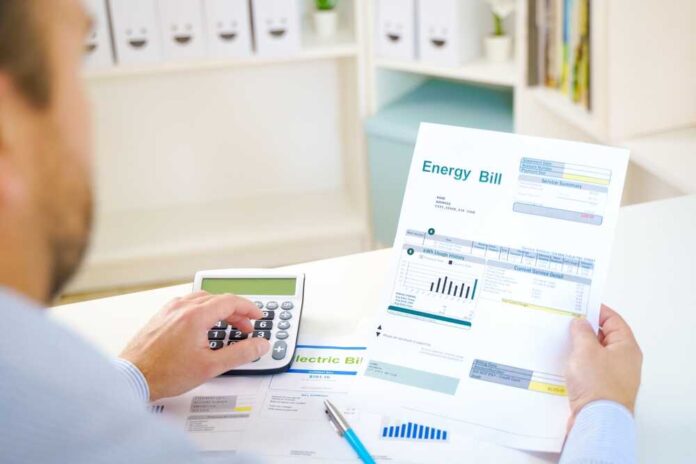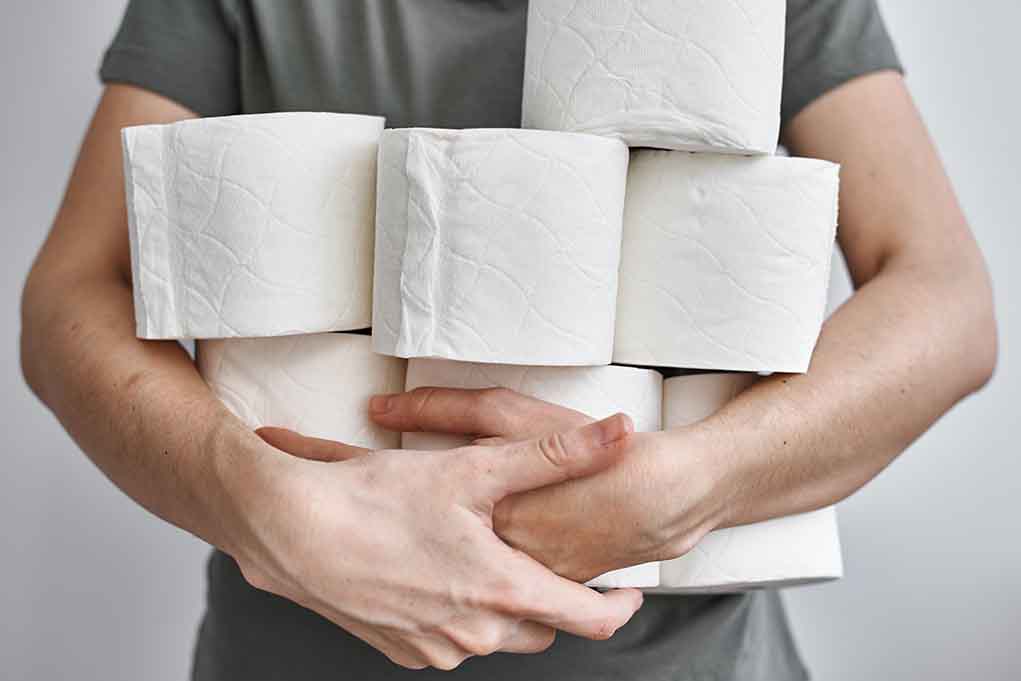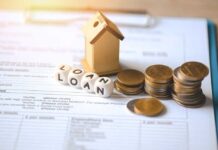
(DailyTreasure.com) – The Low Income Energy Assistance Program, or LIHEAP, was formally created by Congress in the early 1980s in order to help lower income households keep themselves healthy by ensuring adequate access to energy resources. The initiative actually dates quite a bit further back, to the OPEC Oil Embargo of the early 70s. During that time period, the cost of crude oil had quadrupled and the state of Maine petitioned the federal government for assistance for a program called “Project Fuel,” which was designed for the same purpose — to help low-income families cope with rising costs.
Project Fuel spurred the creation of quite a number of other nation-wide energy-related programs throughout the 70s. The Emergency Energy Conservation Program and Weatherization Assistance Program each evolved through the latter part of the decade, but energy costs also continued to increase drastically. Congress found it necessary to not simply respond to energy-related emergencies, but to help prevent them. An extra $1.6 billion in funds was allocated and LIHEAP was passed within the Crude Oil Windfall Profits Tax Act.
What Does LIHEAP Really Do?
An ACEEE and Energy Efficiency for All study found that lower-income households use more than 7% of their incomes on energy-related utilities – a number that is more than triple what households in higher income brackets have to spend. The LIHEAP program acknowledges the health and safety risks associated with not having access to proper heating and cooling during the warmest and coldest months of the year.
LIHEAP distributes federal funding to the states, who do have some discretion when it comes to setting eligibility guidelines. They otherwise usually work directly with utility companies to offer one-time payments to applicants struggling to pay their bills.
Up to 15% of the funds states receive can also be diverted to their Weatherization Assistance Programs (WAP). State WAP programs work hand-in-hand with LIHEAP to help households keep energy costs down by implementing longer-term measures, like household repairs and the implementation of energy conservation programs.
Who Qualifies for LIHEAP?
While states are allowed to set their own guidelines for the distribution of their LIHEAP funds, those guidelines must still fall within the limits outlined by the federal government. Anyone who owns or rents a home may qualify, even if their utilities are included in their rent payments.
Otherwise, LIHEAP applicants may qualify if they:
- Already receive federal assistance via programs like SNAP, TANF, SSI, or certain veterans’ programs (usually regardless of income level)
- Have a household income that is not more than 150% of established federal poverty guidelines (FPG). It is important to note that states may also not set their eligibility levels to be lower than 110% of that same number.
- Have a household income that is not more than 60% of a state’s median income (SMI)
The unfortunate reality is that there are limited funds allocated to LIHEAP each year, which means only 20% of households that might qualify usually end up receiving funds. LIHEAP is also meant to be a temporary solution for those experiencing financial hardship.
Applying for LIHEAP Benefits
Don’t make assumptions as to whether or not you’ll qualify for LIHEAP benefits. There are several tools you can use to determine eligibility. They include:
- Calling the Energy Assistance Hotline at 1-866-674-6327
- Emailing the Energy Assistance hotline at [email protected]
- Using the LIHEAP Search Tool to locate assistance by state, territory, or tribe
- Using the LIHEAP Clearinghouse Eligibility Calculator
Don’t Qualify for LIHEAP?
There are currently millions of people living paycheck to paycheck. While many of us may be struggling due to a life crisis or simply because of inflation, that does not necessarily place our income levels in LIHEAP-qualifying territory.
If this is you, there are some other options to consider. You may want to look into:
- Social services and charity agencies like the Salvation Army, Catholic Charities, and the Urban League
- Calling the National Energy Assistance Referral (NEAR) Project for help with your initial LIHEAP application. They can often provide insight and assistance.
- Your state’s Weatherization Assistance Program, especially if there are individuals with disabilities or children in your household. Most states have automatic qualifications for households who meet these criteria.
- Dialing 2-1-1, where an operator can direct you to hyper-local organizations that may be able to assist you with utility resources.
- The Emergency Rental Assistance (ERA) program, despite its name, provides not just rental assistance, but utility assistance as well. The program has more complicated guidelines and often involves a renter’s landlord assisting with the process.
If in doubt, contact your utility company first. Many are happy to work in partnership with energy assistance programs and run awareness campaigns to make sure eligible households know how to apply for LIHEAP and/or find other resources.
Copyright 2023, DailyTreasure.com

















